Coconuts are among the most versatile and valuable tropical crops in the world. Revered as the “Tree of Life” in many cultures, the coconut palm provides food, drink, oil, fiber, fuel, and construction materials. From coconut water to coconut oil, and from traditional cuisine to modern wellness trends, coconuts have gained global popularity.
But when it comes to large-scale production, which country takes the lead as the largest coconut producer globally? In this article, we’ll explore the global coconut industry, identify the top-producing country, examine why it holds this title, and highlight other leading coconut-producing nations.
A Quick Overview of the Global Coconut Industry
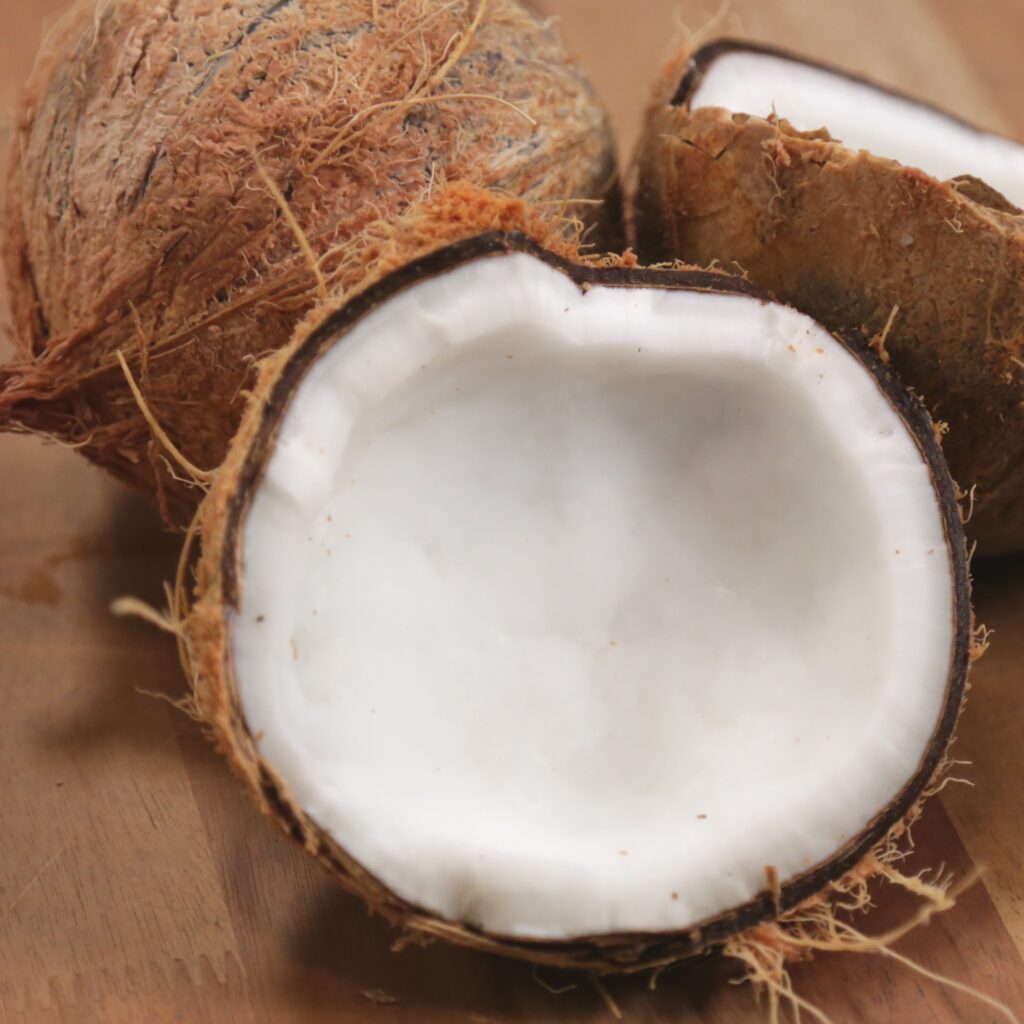
Coconuts thrive in tropical coastal regions with high humidity, warm temperatures, and sandy soils. They’re cultivated in over 90 countries, primarily across Asia, the Pacific, Africa, and Latin America.
According to the Food and Agriculture Organization (FAO), global coconut production exceeds 62 million metric tons annually, with several nations producing millions of tons to meet domestic and international demands. Coconuts are essential for food, drink, beauty products, and industrial applications, making them an economically vital crop for many tropical countries.
Which Country Is the Largest Coconut Producer Globally?
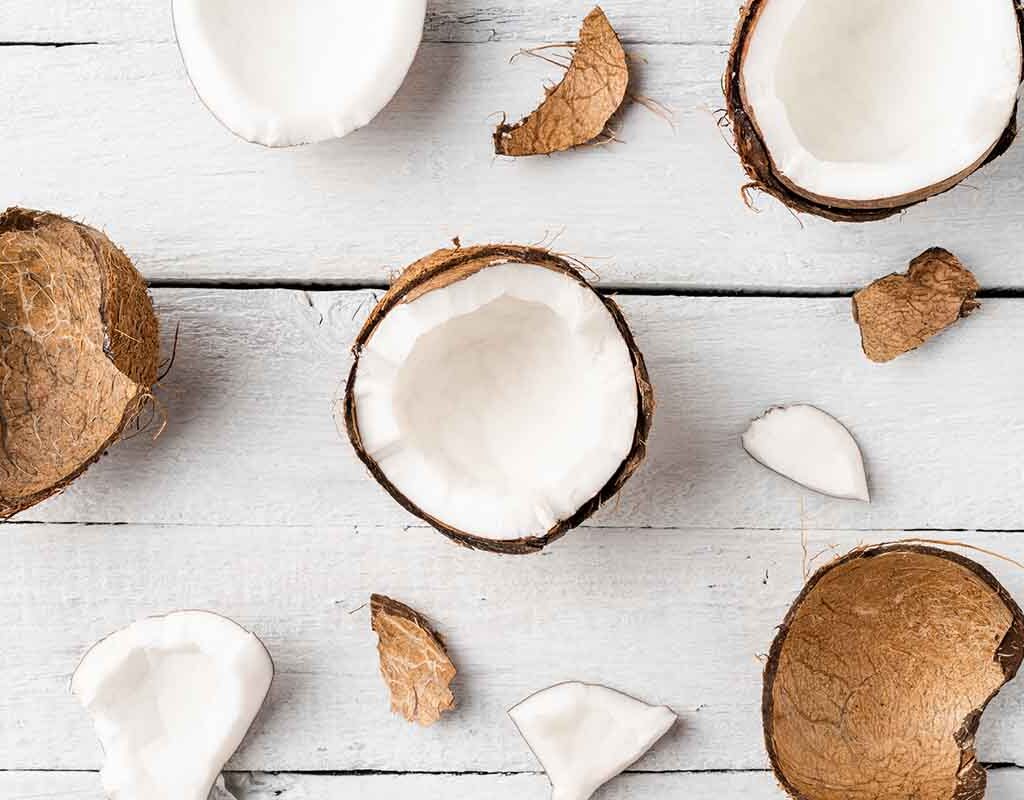
Indonesia holds the prestigious title of being the largest coconut producer globally. The country produces over 17–18 million metric tons of coconuts every year, contributing nearly 30% of the world’s total coconut output.
With abundant coastal lands, a tropical climate, and a deeply rooted coconut farming tradition, Indonesia’s dominance in coconut production has remained unchallenged for decades.
Why Is Indonesia the Top Coconut Producer?
1. Ideal Tropical Climate and Geography
Indonesia is an archipelago of over 17,000 islands, located along the equator. The country’s warm, humid climate with plentiful rainfall and fertile, sandy soils creates perfect conditions for coconut palms to thrive.
Regions like North Sulawesi, North Maluku, Riau, East Java, and West Sumatra are known for their vast coconut plantations, stretching along coastlines and inland areas.
2. Deep Agricultural Tradition
Coconut farming has been part of Indonesian culture and agriculture for centuries. Farmers in coastal villages rely on coconut trees not just for their livelihoods but also for food, tools, building materials, and traditional medicine.
Many Indonesian households grow coconuts in their backyards or small family farms, contributing to the country’s immense coconut output.
3. Diverse Coconut-Based Products
Indonesia is a leading producer and exporter of a wide variety of coconut-based products, including copra (dried coconut meat), virgin coconut oil, coconut milk, desiccated coconut, activated carbon, coconut water, and coir products (fiber from coconut husks).
This strong value-added industry encourages farmers to maintain and expand coconut production, ensuring steady demand and profitable markets for their harvest.
4. Government Support and Export Demand
The Indonesian government actively promotes coconut farming and processing industries through financial incentives, training programs, and export initiatives.
Indonesia exports coconut products to countries such as India, China, the United States, Malaysia, and the Netherlands, fueling its position as the global coconut leader.
Top 5 Coconut-Producing Countries (2022)
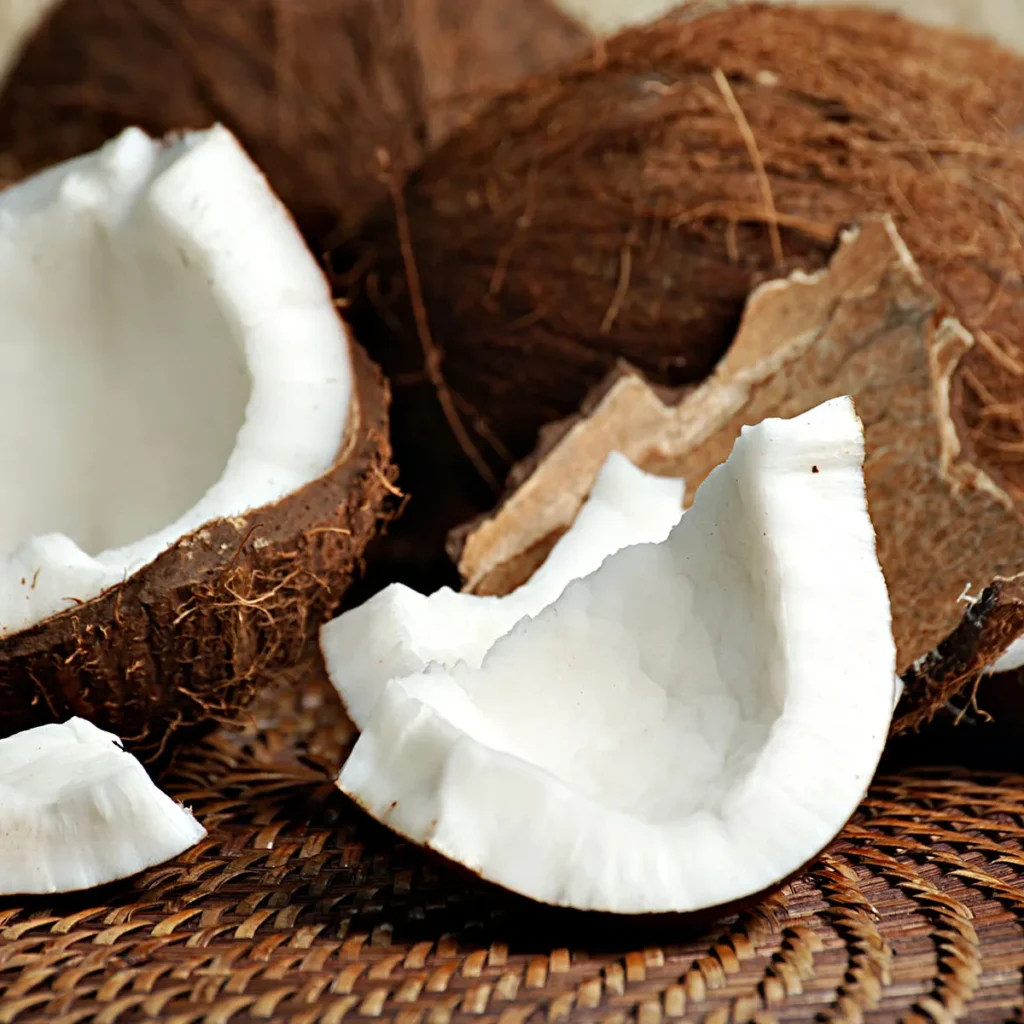
| Rank | Country | Production (Million Metric Tons) |
|---|---|---|
| 1 | Indonesia | 18.2 |
| 2 | Philippines | 14.7 |
| 3 | India | 14.1 |
| 4 | Sri Lanka | 2.5 |
| 5 | Brazil | 2.3 |
As you can see, Indonesia outpaces other nations, though the Philippines and India are close competitors.
Other Major Coconut-Producing Countries
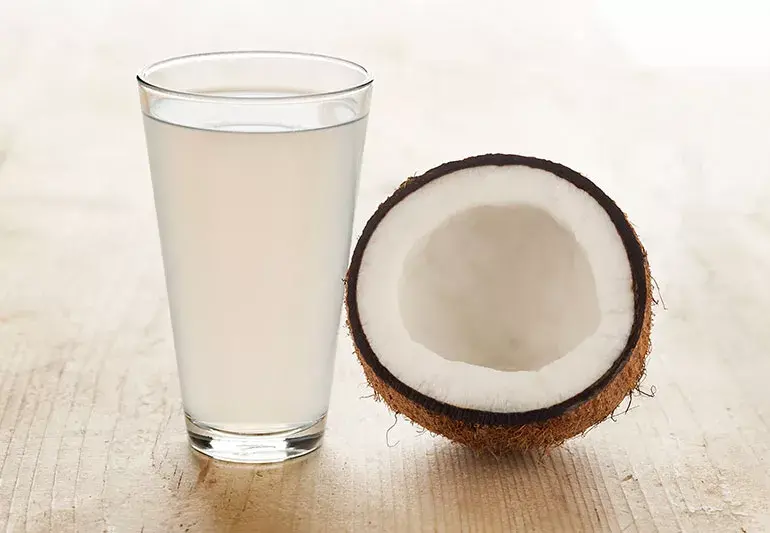
While Indonesia leads global coconut production, several other tropical nations contribute significantly to the industry:
Philippines
The Philippines is the second-largest coconut producer globally, with an annual output of over 14.7 million metric tons. Coconut farming is a vital industry for rural communities, providing income for around 3.5 million farmers.
Major coconut-growing regions include Southern Tagalog, Bicol, Eastern Visayas, and Mindanao. The Philippines is also the world’s largest exporter of coconut oil, supplying markets in the U.S., Europe, and Asia.
India
India ranks third globally, producing approximately 14.1 million metric tons of coconuts annually. Coconut cultivation in India spans across Kerala, Tamil Nadu, Karnataka, Andhra Pradesh, and Goa.
In Indian culture, coconuts hold religious significance, featuring prominently in festivals, rituals, and ceremonies. The country is a major producer of copra and coconut oil, largely for domestic use.
Sri Lanka
Sri Lanka, known for its lush coconut palms, produces about 2.5 million metric tons of coconuts annually. Coconut-based products like coconut milk, oil, and activated carbon are major exports.
The coconut triangle, comprising Kurunegala, Puttalam, and Gampaha districts, is Sri Lanka’s key coconut-producing region.
Brazil
Brazil is the top coconut producer in the Americas, yielding around 2.3 million metric tons annually. Most Brazilian coconuts are grown in Bahia, Sergipe, and Ceará.
Brazil is famous for its fresh coconut water market, with green coconuts widely consumed on beaches and in urban centers.
Key Uses of Coconuts in Global Markets
Coconuts are one of the most versatile crops on earth. Here are some of their most valuable applications:
- Coconut Water: A natural electrolyte-rich drink, popular for hydration and sports recovery.
- Coconut Milk and Cream: Widely used in cooking, especially in Southeast Asian, Indian, and Caribbean cuisines.
- Coconut Oil: Essential in cooking, cosmetics, and traditional medicine.
- Copra: Dried coconut meat processed into oil and animal feed.
- Coir: Fibers extracted from husks for making mats, ropes, brushes, and mattresses.
- Activated Carbon: Produced from coconut shells and used in water purification and air filtration.
Fun Coconut Facts
- A mature coconut tree can produce 50–100 coconuts annually.
- The coconut palm is called the “Tree of Life” because it supplies food, drink, fiber, and fuel.
- Coconuts can float in seawater and remain viable for planting for up to 110 days, aiding their spread across islands.
- Indonesia grows more coconuts than any other nation — contributing nearly 30% of the global coconut supply.
- Coconut water was once used as an emergency intravenous fluid during World War II due to its sterility and electrolyte content.
Challenges in Coconut Production
Despite its global popularity, the coconut industry faces several challenges:
- Aging Trees: Many coconut palms are over 60 years old, reducing productivity.
- Climate Change: Rising temperatures, cyclones, and unpredictable rainfall threaten yields.
- Pests and Diseases: Pests like rhinoceros beetles and diseases like lethal yellowing impact production.
- Low Farmgate Prices: Smallholder farmers often struggle with low returns despite high global demand.
Governments and industry leaders in Indonesia and other major producers are investing in replanting programs, research into disease-resistant varieties, and sustainable farming practices to secure the future of coconut farming.
Conclusion
When it comes to coconut production, Indonesia stands as the undisputed leader globally. Its favorable tropical climate, rich agricultural tradition, vast coastal lands, and diversified coconut-based industries have cemented its position at the top.
While other countries like the Philippines, India, Sri Lanka, and Brazil also play vital roles in the global coconut market, Indonesia continues to lead the way with the highest production levels and a dynamic, expanding coconut industry.
As global demand for healthy, natural, and sustainable products grows, coconuts and coconut-based products are set to remain essential — with Indonesia at the very heart of this flourishing tropical industry.




Leave A Comment